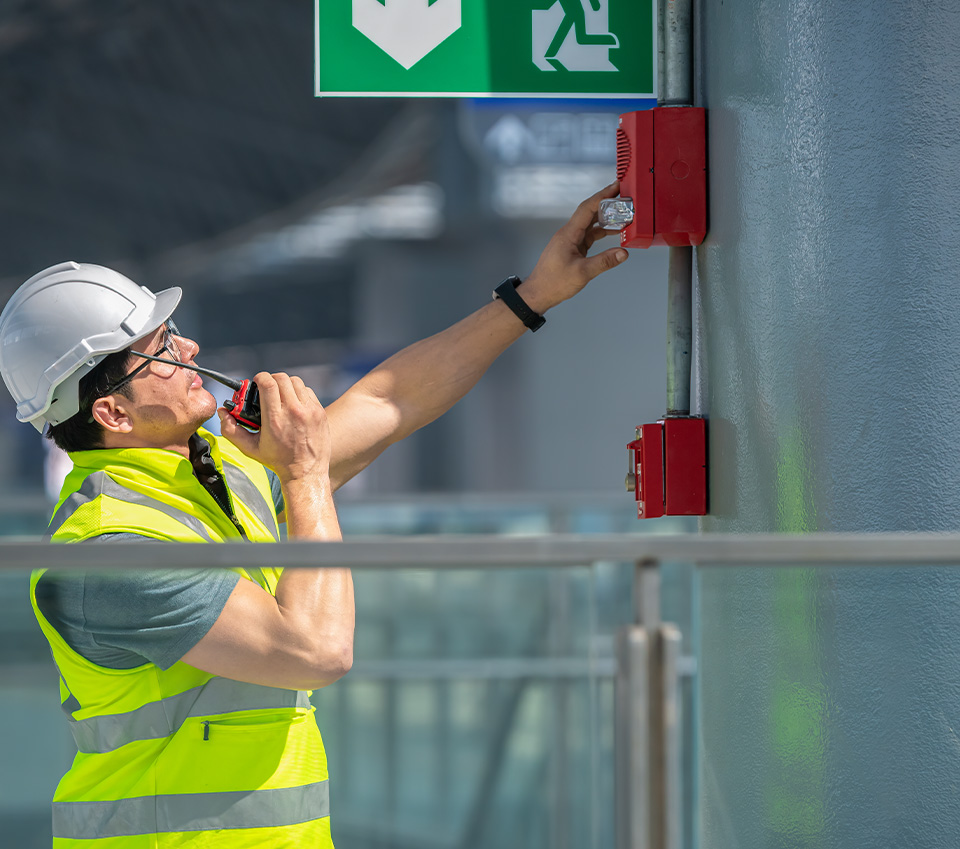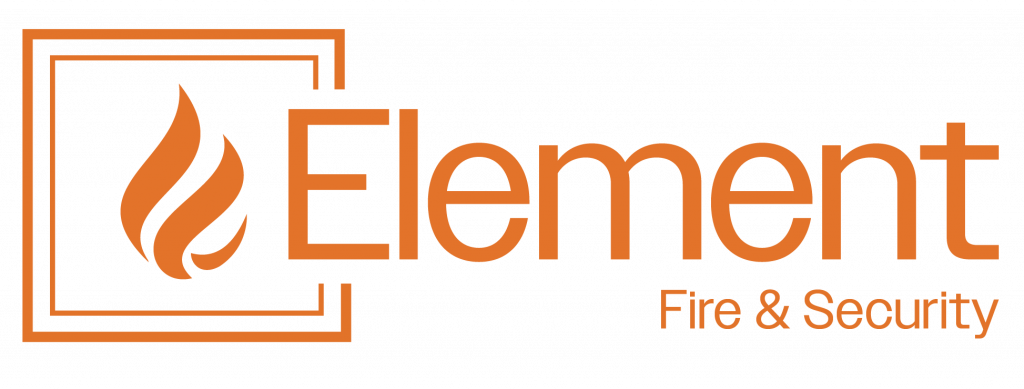Active Fire Protection
At Element Fire & Security, we specialise in designing, installing, and maintaining active fire protection systems that provide fast, automatic responses to fire threats. These systems play a critical role in detecting fires early, alerting occupants, and actively suppressing flames to reduce damage and save lives.
What is Active Fire Protection?
Unlike passive fire protection (which contains fire and smoke), active fire protection systems are dynamic — they take action the moment a fire is detected. When properly designed and maintained, these systems can stop a small incident from becoming a major emergency.
Fire Alarm Systems
Advanced detection and warning systems designed to alert building occupants and trigger emergency protocols the moment smoke or heat is detected.
Fire Sprinkler Systems
Automatic fire suppression systems that activate in response to heat, targeting and controlling the fire at its source before it can spread.
Smoke Detection Systems
Early warning systems that detect smoke particles in the air and activate alarms, critical for safe evacuation and fast emergency response.
Fire Extinguishers
Portable fire-fighting devices strategically placed around your premises for immediate manual suppression of small fires.

Why Active Fire Protection Matters
- Protects lives by providing immediate alerts and response
- Limits fire spread and reduces property damage
- Improves response time for emergency services
- Helps ensure legal compliance with UK fire safety laws
- Reduces business disruption and downtime after an incident
Active Fire Protection vs Passive Fire Protection
To fully protect your building and its occupants, it’s important to have a balanced fire safety strategy that includes both active and passive fire protection systems. While they serve different purposes, they work best together as part of a complete fire safety solution.
Active Fire Protection
- Detects and responds to fire
- Requires activation (manual or automatic)
- Alarms, sprinklers, extinguishers
- Requires regular servicing
- Immediate response and life safety
Passive Fire Protection
- Contains or slows the spread of fire
- Works continuously, built into structure
- Fire doors, fire-rated walls, fire stopping
- Requires periodic inspection
- Limits fire spread and structural damage
Why You Need Both
No single system can offer full protection on its own. Active systems respond to fire threats, while passive systems buy critical time by containing them. Together, they help protect people, reduce property loss, and ensure compliance with fire safety regulations.
